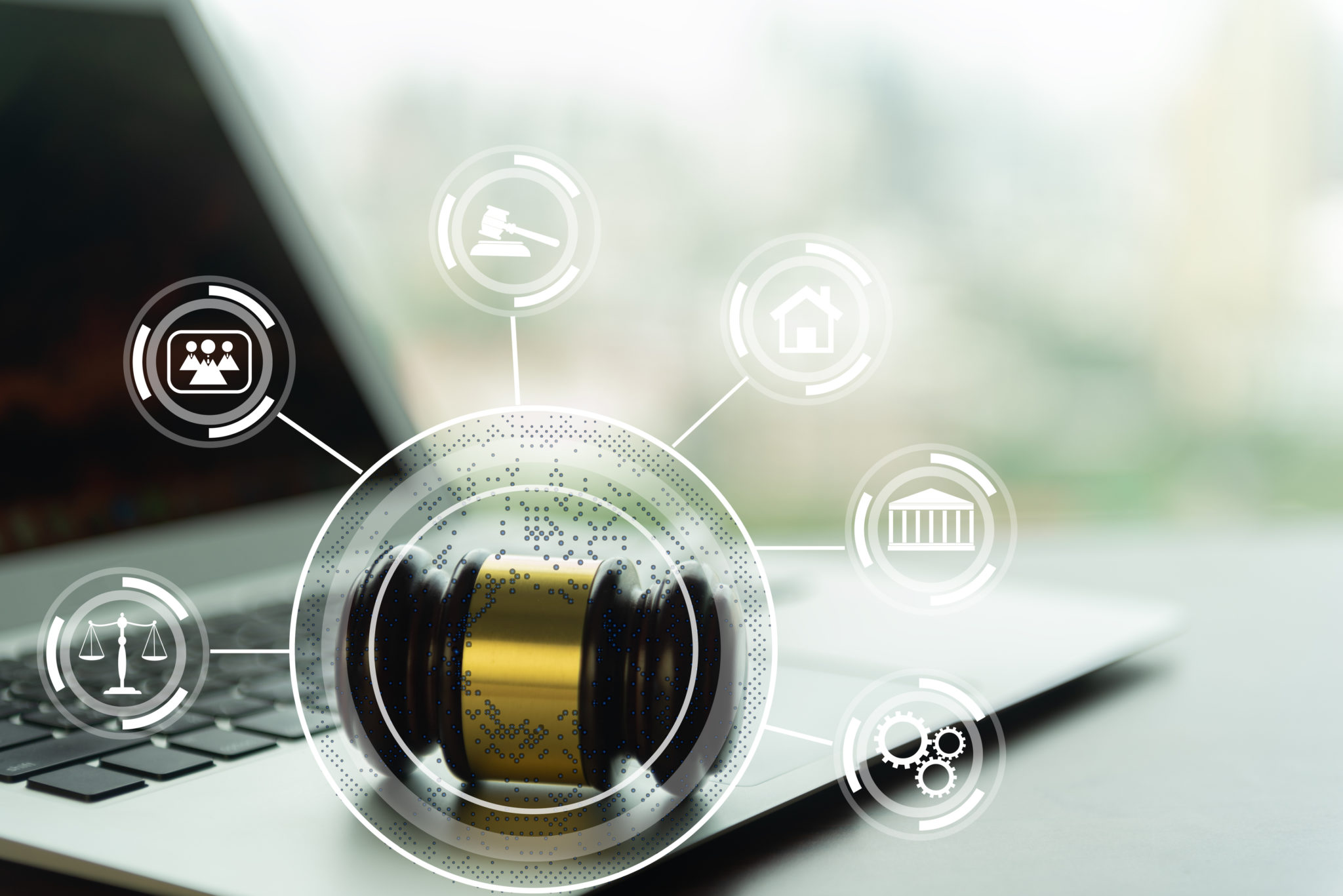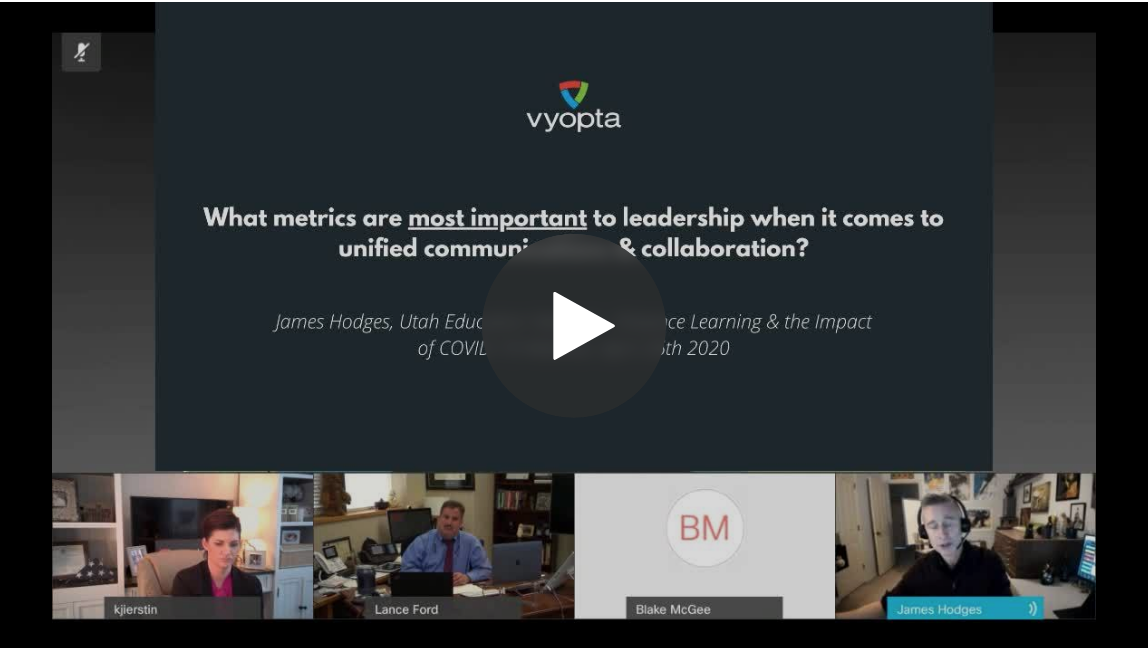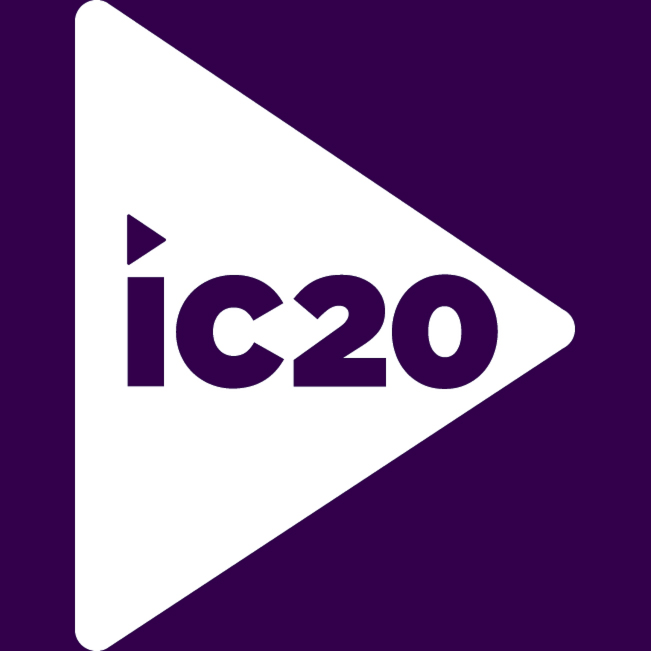The legal profession has been transformed as much as any other by the Covid-19 pandemic, with a reliance on face-to-face, in-person meetings giving way to remote digital interactions for the majority of billable hours with clients. That change has meant a quick move into the world of unified communications for law firms trying to manage online collaboration and meetings for thousands of lawyers and clients, all of which need to be carefully monitored for quality and billing purposes.
Since the onset of the pandemic in March online meetings have changed from being almost an afterthought or a “nice to have” tool to an everyday must-have, with top quality needed for all conversations.
That means longtime industry leader Cisco is now in the mix with Microsoft Teams, Zoom and other new players looking to move in on unified communications for law firms and the need for lawyers to share documents, hold meetings remotely and perform other business functions under social distancing guidelines.
These multivendor collaboration environments make it all the more important for IT teams at major law firms to have the ability to monitor their meetings for quality and usage rates that have grown exponentially throughout 2020.
Dustan Stanford, a global account manager for Vyopta, said the importance of meetings with clients, witnesses and other involved parties has put greats demands on the technology resources of all law firms. A premium is placed on achieving the best quality, with the monitoring capabilities of most tools falling short of what’s needed to effectively manage UC properly.
“A lot of these law firms have gone from maybe they had WebEx or maybe they had something else and it wasn’t used a lot because a lot of times the preference was face to face meetings,” he said. “Now they’re having to do these meetings via WebEx or something else because of social distancing and so you’re seeing law firms adding many new collaboration applications.
“We help them look at both products side by side to see what’s being used more, see if there’s quality issues, understand which is working better for them, which calls have more dependability, and which calls are having latency issues. That data allows them to better understand the environment that’s going on.”
Money Matters In Unified Communications for Law Firms
The need for high-quality video is clear on both sides when legal matters are involved. Lawyers need to be able to read the behaviors and characteristics of their clients when preparing for trials or depositions, and clients want to feel like an online meeting is giving them the same value for the billable hours they’re paying for.
Stanford said poor meetings and call quality can increase the chances of clients contesting their bills, which can become a considerable revenue problem now that almost all meetings are being held virtually. That’s another scenario where Vyopta provides value in unified communications for law firms because the easily viewable quality metrics can either disprove a bad-quality claim or determine if the problem was due to the client’s hardware or connection.
“That single pane of glass gives you the ability to look across all the calls, all the people on the calls and the quality rating for each person on the call along with the ability to drill down to the root cause issues,” he said. “For the IT teams, they’re looking for ways to get this data to understand how things are working because let’s face it, if I’m billing at $500 to $1000 dollars an hour I don’t want a poor-quality call. And lawyers are very much like doctors in that they don’t have patience for things that don’t work well.”
The Future of Monitoring Meeting Spaces
As video endpoint usage continues to grow with the gradual return to offices, there’s a developing need for law firms to have more precise tracking of what units are being used as well as how expensive meeting spaces will be used going forward.
Vyopta’s data can help with better management of endpoints scheduling and quality, and the growing ability to monitor attendance and seating in meeting rooms offers the opportunity for firms to get the most value out of those spaces and plan for reconfiguration or shrinking a firm’s office footprint.
“As time moves forward and attorneys are able to return to the brick and mortar you’re going to see more of them concerned about what’s happening within all of that big space,” Stanford said. “Those rooms are expensive, so they want to make sure that they get the most billable hours possible out of those spaces, that the equipment in those rooms are being used…we can monitor and work with the calendaring systems to give them insight into the consumption of those spaces.
Coming next year there’s sensors going in chairs, there’s sensors going into a large conference tables so you’ll be able to tell not only the number of the people in the room, but where those people are sitting and all kinds of information in regards to use of the meeting space.”
Chad Swiatecki is a business writer and journalist whose work has appeared in Rolling Stone, Billboard, New York Daily News, Austin Business Journal, Austin American-Statesman and many other print and online publications. He lives in Austin, Texas and is a graduate of Michigan State University. Find him online on LinkedIn.








